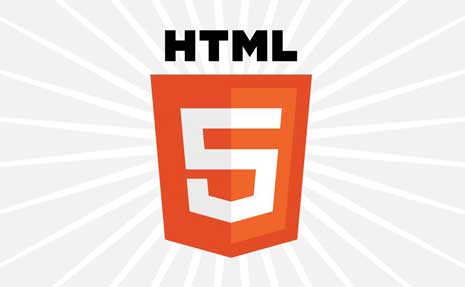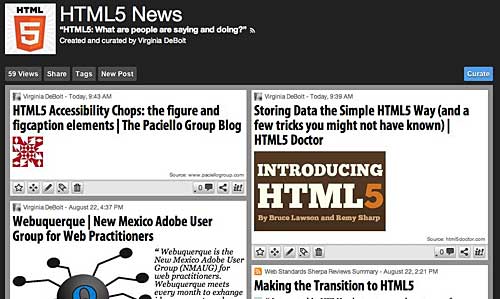The W3C issued a new editor’s draft of Media Accessibility User Requirements. The introductory paragraphs explain what it’s about. I’ve added emphasis.
This document aggregates the requirements of an accessibility user that the W3C HTML5 Accessibility Task Force has collected with respect to audio and video on the Web.
It first introduces a background on the needs of sensory impaired users, which is particularly meant as an introduction for people who never had to consider such needs in relation to audio and video.
Then it explains what alternative content technologies have been developed to help such users gain access to the content of audio and video.
A third section explains how these content technologies fit in the larger picture of an accessibility system, both technically within a Web user agent and from a production process point of view.
This document is most explicitly not a collection of baseline user agent or authoring tool requirements. It is important to recognize that not all user agents (nor all authoring tools) will support all the features discussed in this document. Rather, this document attempts to supply a comprehensive collection of user requirements needed to support media accessibility in the context of HTML 5. As such, it should be expected that this document will continue to develop for some time.
Please also note this document is not an inventory of technology currently provided by, or missing from HTML 5 specification drafts. Technology listed here is here because it’s important for accommodating the alternative access needs of users with disabilities to web-based media. This document is our inventory of Media Accessibility User Requirements.
In typical W3C fashion, what follows is not particularly fun reading, but I think it’s relevant information for anyone who is using audio and video in HTML5.
Front end developers and web educators will be most concerned about the alternative content technologies. I’m reproducing that section of the table of contents so you can jump from here right to the section of most interest to you.
3. Alternative Content Technologies
It’s safe to assume that the document will change several times before it is considered finished. Many people are already using HTML5 and trying to figure out the best way to work with the new audio and video elements. This information is worth keeping in mind for those who are on the leading edge in HTML5 audio and video.

